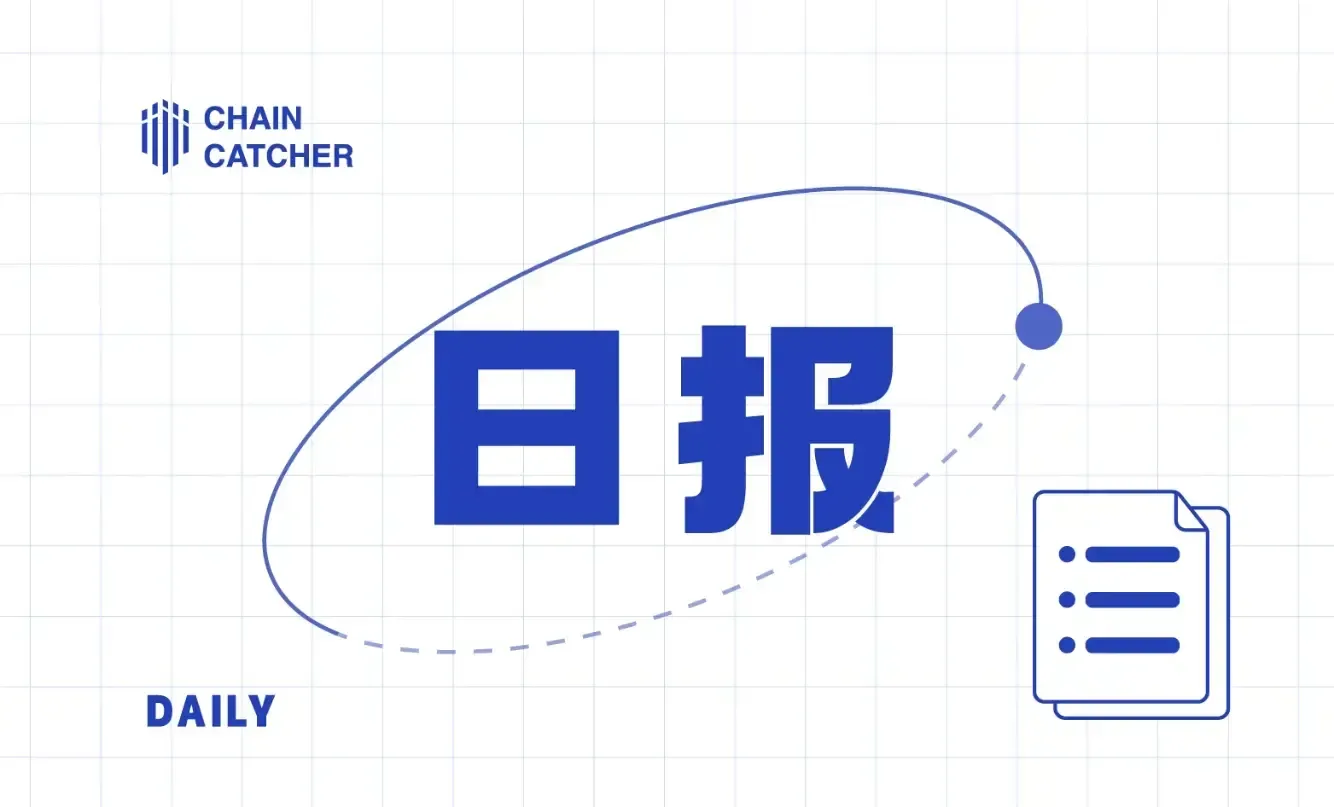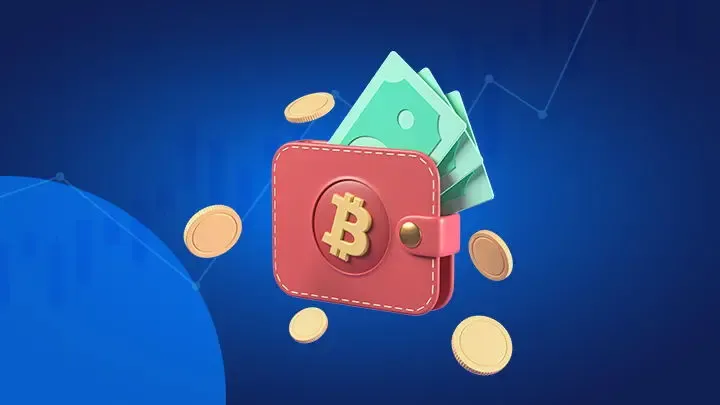Dialogue with Shata Fund's Jiang Tao: Two Anomalies of Crypto Investment and Three Coordinates
From lending products to DEX, and then to asset aggregation protocols, DeFi has been a standout in this year's blockchain industry, igniting a phase of bull market fervor. However, as the bubble gradually recedes, the future development trends of the blockchain industry and reflections on DeFi investments have become major concerns for most investors.
Some say DeFi is dead, while others argue it has just begun. These viewpoints represent different stances and experiences. This time, Chain Catcher engaged in an in-depth conversation with Jiang Tao, former managing partner of Gobi Partners and partner at Shata Fund, discussing two peculiarities of crypto investment and three observational coordinates. We hope his long-term focus on DeFi and blockchain, along with his rich experience in internet investment over the past decade, can provide you with a different perspective.
As a highly successful investor in the internet sector, Jiang Tao has invested in companies such as Tuniu, Zhiketong, Dianwoda, and UR. He has now established Shata Fund, aiming to "invest in blockchain with users," and has already invested in projects like DODO, MASK, RENRENBIT, QbitPay, and DORAHACKS.
Author: Wang Dashu
01
Blockchain is on the brink of explosion
Chain Catcher: Every industry has its cycles. What kind of cycle do you think the current blockchain is in?
Jiang Tao: It’s a bit like the mobile internet around 2009. The iPhone had just come out a couple of years earlier, and the App Store and 3G networks were just launched. At that time, I had just started investing. Although many investors recognized the App Store as an opportunity, it was mostly filled with simple games. Many Chinese teams were creating $0.99 games to sell to Americans, making a net profit of several million RMB a month. We had seen such development teams, but it turned out that games were just a small part of the mobile era, and mobile apps were not limited to games.
From this perspective, the current blockchain is quite similar to that era of the internet. The infrastructure has just begun, and there are some breakthroughs in innovation, such as DeFi. However, the future of blockchain is certainly not limited to DeFi.
Chain Catcher: But according to the Gartner curve from 2020, the blockchain industry is currently in a valley of bubble collapse.
Jiang Tao: I believe the real low point was last year. Just like the early App Store, everyone knew blockchain had value but didn’t know its specific application scenarios or whether it could make money. This year, people have seen that DeFi applications in blockchain can be profitable, just like games in the App Store. The value of many DeFi products is also very clear, which indicates a trend of coming out of the lowest valley. Therefore, I perceive that we are currently in the pre-explosion phase, and there will be many new opportunities in the next two years, likely leading to a prosperous period.
Chain Catcher: In this case, what aspects of driving force are needed for the upcoming explosion?
Jiang Tao: Essentially, it still needs to solve user problems. Additionally, there are some foundational driving forces, such as platforms, systems, and technologies. Of course, there are many voices suggesting that these aspects are difficult to achieve, but I am relatively optimistic. Compared to these, I believe that what is more challenging in the blockchain world is acquiring usage scenarios and solving user problems.
In fact, the biggest problem with blockchain in the past was that everyone kept saying this technology is great, and then there was nothing more. This indicates that technology is not the biggest barrier; the fundamental issue is that suitable application scenarios have not been found. Once scenarios are established and demand arises, technical barriers can be overcome through various compromises.
Chain Catcher: When we observe and study an industry, we often have a coordinate system or a point of origin for thinking. What is your coordinate system or point of origin for studying blockchain?
Jiang Tao: First, what are the user needs? Second, how to solve user needs? Third, why is your solution better? These are the basic logic we use for investment decisions.
Of course, many people in the current blockchain industry do not define user needs. They are more concerned about whose performance is better, whether it is purely decentralized, and whether asset custody can be avoided. However, whether these are truly user needs is a question that needs to be asked.
Taking DEX as an example, many DEXs originally wanted to create a non-custodial DEX mimicking centralized exchange experiences, but most did not succeed. Finally, Uniswap emerged, which is a case of creating a product from the perspective of user experience. The question of user needs fundamentally lies in whether the team has focused on the essence of the problem.
Chain Catcher: Transitioning from traditional VC to the blockchain industry, have you encountered any phenomena or things that are difficult to understand?
Jiang Tao: There are quite a few, mainly two points.
First, many project teams pay more attention to so-called investors than to users and products. While it is necessary for founding teams to communicate actively with investors, there should be a balance. If all energy is spent on this and the product and user value cannot be reflected, it would be quite awkward, and the long-term value of investors would also be lost.
Second, the interests of investors and management teams are not aligned. As a traditional investor, I believe that the founding team and investors should provide value together. When the company grows, everyone makes money together, which can lead to a win-win situation. However, the situation in the crypto space is more complicated. Many projects have complex unlocking terms and token price systems, often leading to situations where teams and investors cut each other off. This kind of play is not what we aspire to, and we do not participate in such investments. We hope to collaborate with teams that are focused on doing things, not those that are speculating on tokens.
02
Investment Logic of DeFi
Chain Catcher: We see that most of the projects Shata has invested in are focused on lending, payments, and other areas. Can you talk about your specific investment layout in the blockchain industry?
Jiang Tao: First of all, DeFi has always been a focus for us. Back in the second half of last year when the fund was just established, we had in-depth discussions with some overseas DeFi projects, including some currently popular projects in the market. Unfortunately, due to the pandemic, we couldn't finalize those investments, which is a bit regrettable. Later, we also participated in some secondary market investments, fortunately yielding good returns.
Currently, our main investment direction is still related to finance, but we are making corresponding adjustments during the investment process. In addition to finance, we are also looking at infrastructure that can support more users, NFTs, and crypto art, as well as social and content areas including games, and fields like wallets that could serve as future mass traffic entry points. Recently, we have also invested in some domestic DeFi projects, which extend our previous financial investments and are areas we will focus on moving forward.
Chain Catcher: Do you have specific standards or models when judging DeFi projects?
Jiang Tao: In the primary market, we still rely on the three standards I mentioned earlier: What are the user needs? How to solve user needs? Why is the solution good? In the secondary market, we are still trying to develop some quantitative models, but given that each project is different, it is currently difficult to formulate a concise methodology. Fortunately, there are already data on locked amounts, revenue, GMV, etc., in the market, so there may be an opportunity to launch a reference valuation model in the future.
Chain Catcher: You mentioned that one of the sectors Shata mainly focuses on is mass traffic entry points. However, from the current situation, most users still lean towards existing resources. It seems that creating a mass traffic entry point requires a catalyst.
Jiang Tao: Yes, but I believe that to some extent, DeFi is a catalyst for creating mass traffic entry points. During this DeFi boom, we found that a significant amount of traditional capital has entered DeFi; otherwise, stablecoins wouldn’t have such a large scale.
There are only so many assets in the crypto space, and it is basically impossible for DeFi to increase its scale tenfold based on its native foundation. Therefore, it can be confirmed that part of the liquidity in DeFi was provided by external funds. However, external funds also vary; some come from individuals, some from institutions, and some are pooled from individuals to institutions. In short, as long as DeFi products can genuinely solve problems, it will not hinder new funds from entering.
Chain Catcher: In your opinion, what problems does DeFi need to solve to attract a large amount of new capital?
Jiang Tao: For example, maintaining reasonable, low-risk, high-return conditions over a long period; or providing convenient entry points, including more user-friendly wallets, etc. In fact, I believe that DeFi liquidity mining will eventually concentrate into similar fund forms, whether centralized or decentralized. As long as user problems are solved and returns are generated, it will attract mass traffic. However, the current situation in China is quite complex. Many overseas projects are doing well in this regard. For them, DeFi is a high-yield deposit based on blockchain, and as long as they have a business license, they can operate, which is compliant in the U.S.
03
Discussing UniSwap and Maker
Chain Catcher: Currently, some industry insiders are questioning the value of DeFi. For example, the liquidity mining model that energizes the DeFi market essentially involves various stimulating asset inter-collateralization and infinite nesting. Most of the users attracted by this model are speculators, etc. As an investor who continuously focuses on DeFi, how do you view these opinions?
Jiang Tao: In fact, the essence of liquidity mining is a form of subsidy; project teams hope to attract users to participate through this. It is similar to the subsidies from internet companies, except that internet subsidies are in cash, while DeFi subsidies are in tokens, providing participants with a sense of hope. These tokens can be liquidated at any time, and if the price rises, users may choose not to sell or sell directly.
Looking back, in the internet subsidy model, some companies failed while others succeeded. Therefore, no one can dismiss the liquidity mining model outright. Companies like Ele.me and Meituan have issued numerous subsidies, but when subsidies cease or decrease, users will still order takeout from them because they solve user needs. Users will continue to order takeout even without subsidies; the difference may just be that the order volume is less than when subsidies were available.
So, liquidity mining, like internet subsidies, relies on the core competitiveness of the product for long-term sustainability, which is user value.
Of course, different projects have different values. Lending has lending value, trading has trading value, and each project from Compound to Uniswap and YFI has its unique value. The effects generated after subsidies naturally vary, making it difficult to draw easy conclusions.
Chain Catcher: Yes, this reminds me of your previous remarks about how a minimalist team like Uniswap faces a lot of skepticism. Recently, after facing the challenge from Sushiswap, Uniswap finally issued the governance token UNI. What are your thoughts on UNI's market performance?
Jiang Tao: Issuing the governance token UNI is a positive development, indicating that Uniswap's competitiveness has strengthened and also providing the community with better motivation and opportunities to participate. In fact, looking at the process from Uniswap's birth to its prosperity, it has always focused on solving problems from the perspective of user needs, which is why I was optimistic about it initially. As for the market performance of its token, I haven't given it much thought; that's a market issue that no one can clarify. Just like I believe most people would agree that Tesla is a good company, the question of how much this good company is worth has always been controversial, and the same goes for Uniswap and its governance token UNI.
Chain Catcher: Speaking of good companies and good projects, you previously mentioned that Maker is the most mature product in DeFi, especially with its MKR mechanism design that allows holders to bear the system risk. However, this mechanism has been considered contradictory in the current wave of innovation, as Maker not only has lower yields but also requires holders to dilute the safety net, which is not very user-friendly. Do you agree with this view?
Jiang Tao: I do not agree. The yield and the maturity of the MKR mechanism are not directly related; they are completely different matters. First, the zero stable fee rate is a community voting decision, not an individual action. It is a decision made by the community to promote the generation of DAI. Secondly, just because the fee rate is currently zero does not mean it will always be zero, and we cannot say that a reduction of the stable fee to zero means Maker has no value; the fee rate could become 10% next month.
The key is to understand that the adjustment of yields is about choosing whether to prioritize scale or profit first. The issuance of DAI has seen rapid growth in recent months, and the stable fee for DAI has recently been adjusted to 4%. Therefore, in my view, the aforementioned criticisms only target short-term market behavior; the MKR safety net mechanism itself is not problematic, and I still recognize its rationality and maturity.
Chain Catcher: I agree. Where do you think the next hotspot will be after DeFi?
Jiang Tao: We are currently quite optimistic about crypto art, but DeFi is an important sector that requires long-term attention. Just like games are an important part of the mobile ecosystem in the App Store, DeFi is similarly crucial for blockchain. Although the bubble will disappear, the core value remains. Therefore, we will continue to pay long-term attention to DeFi innovation and will invest in DeFi projects. Frankly speaking, for entrepreneurs who are focused on building products, the sooner the bubble bursts, the better. Only by working diligently can they truly achieve results in solving user problems.











